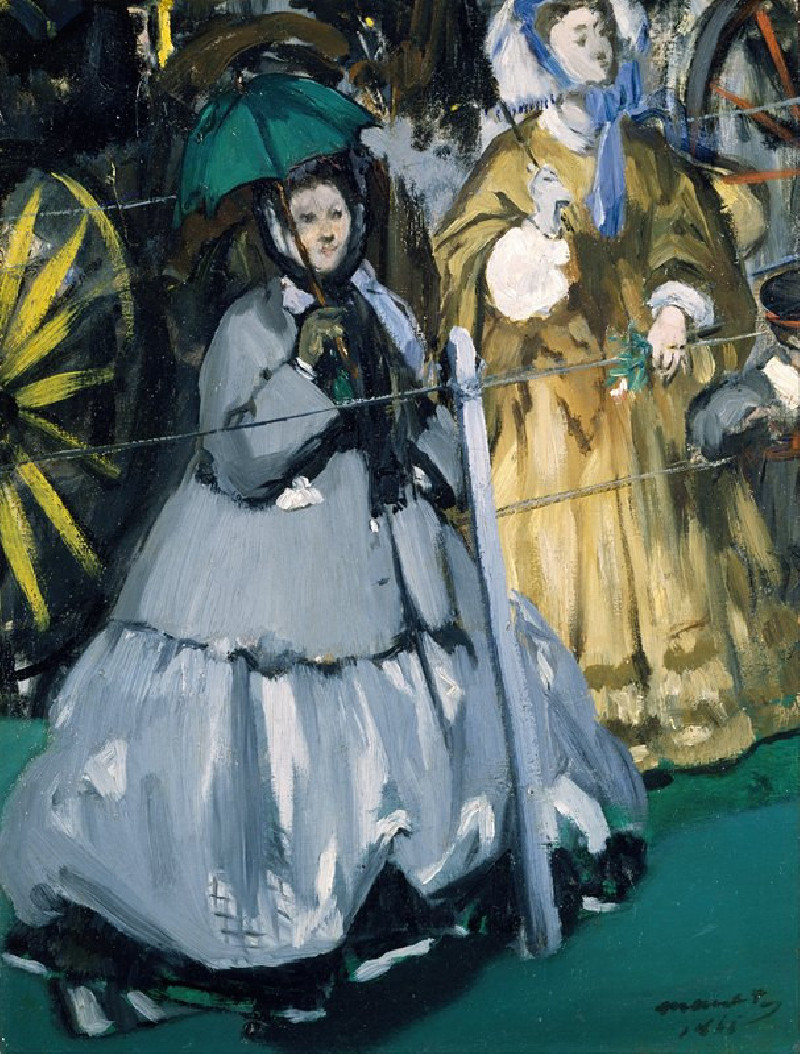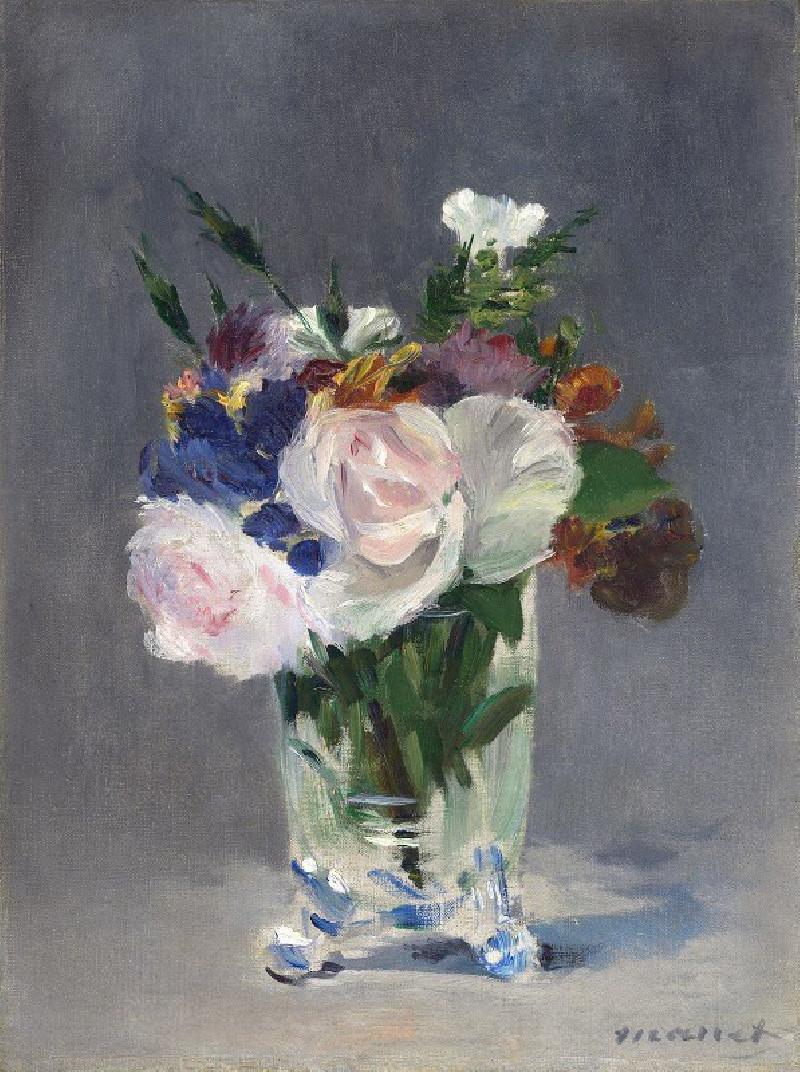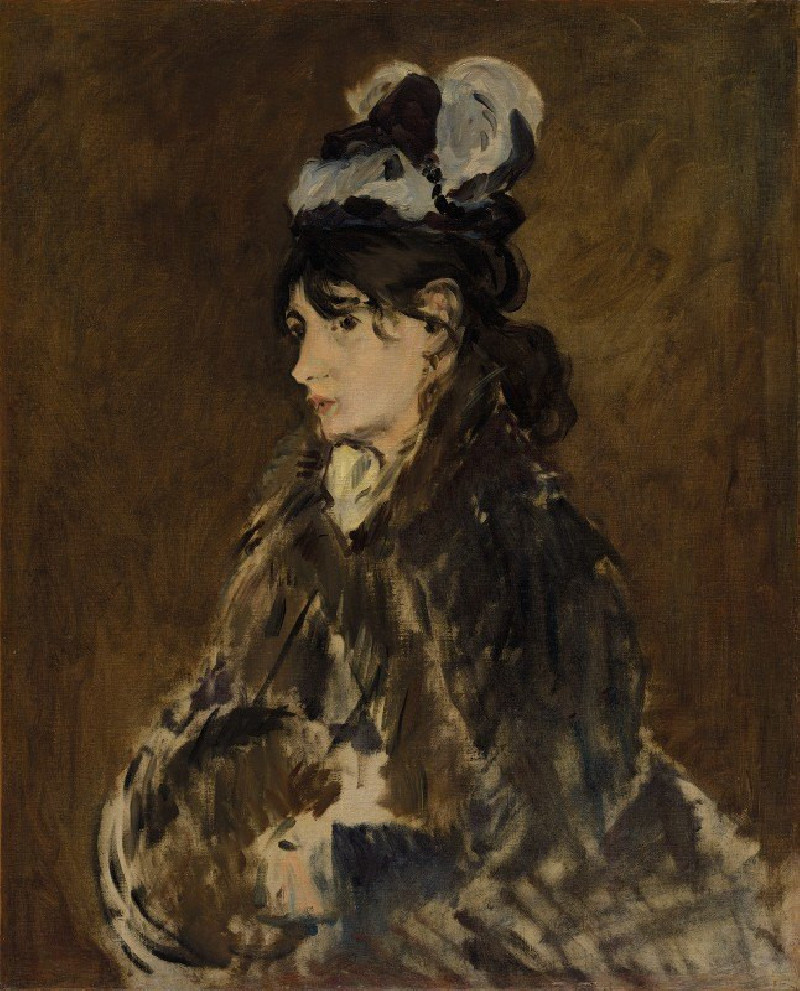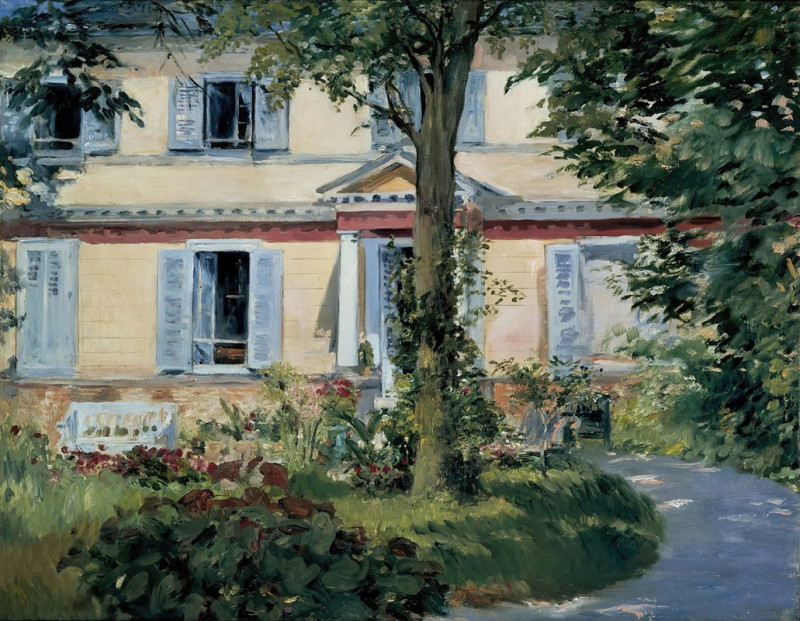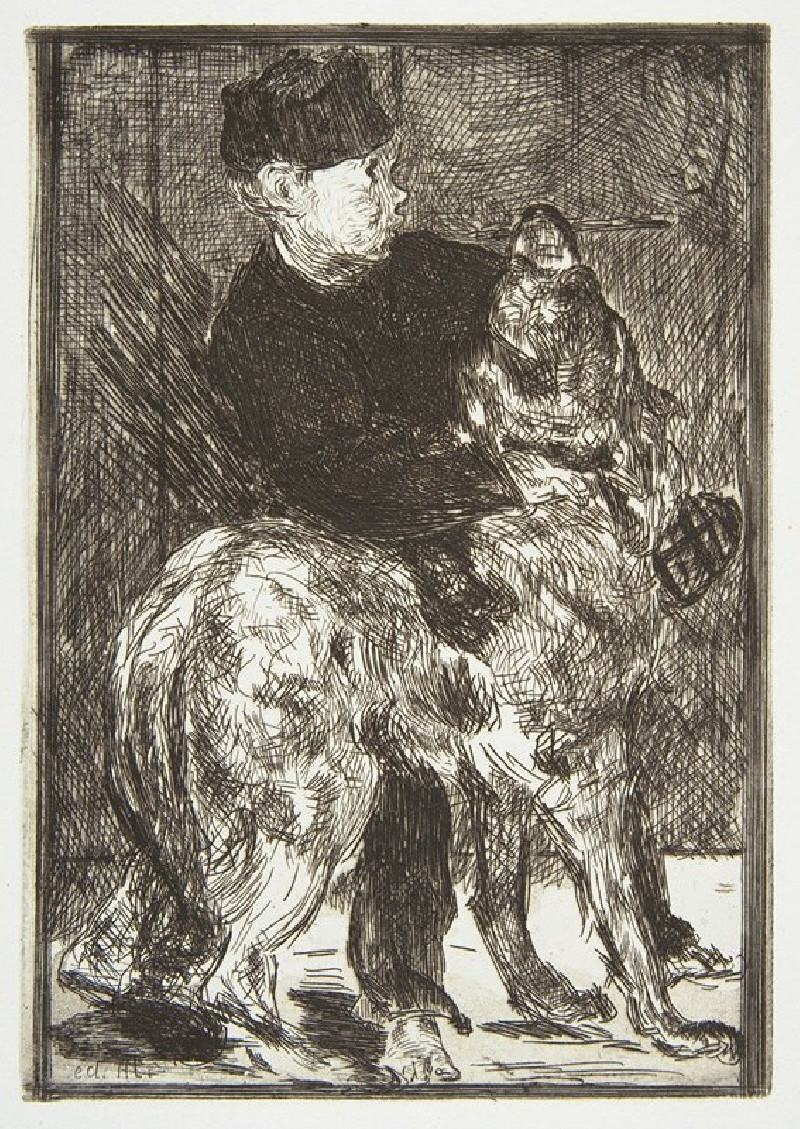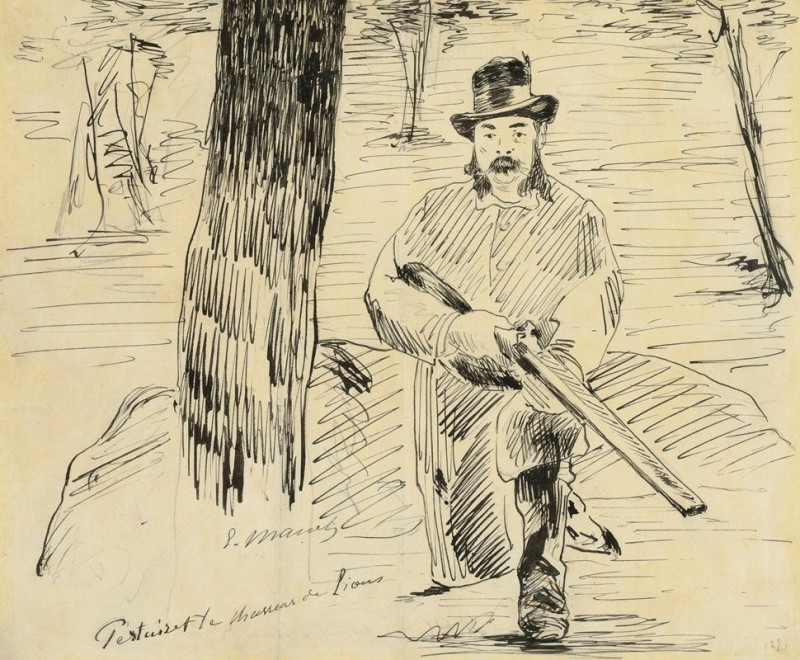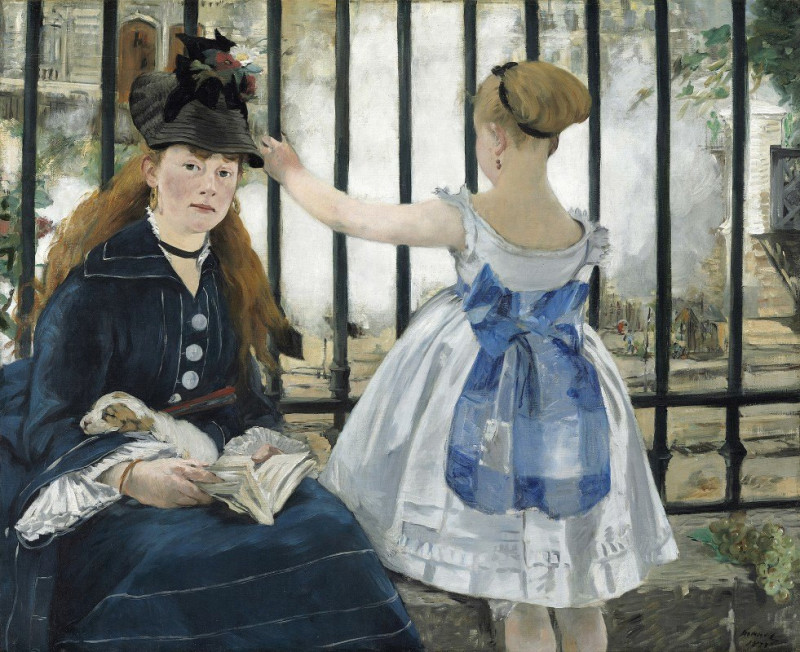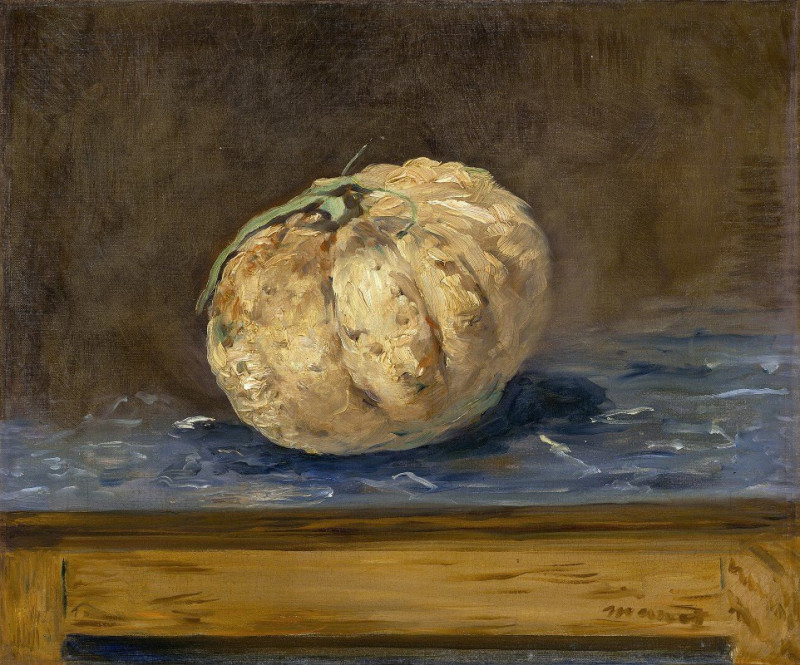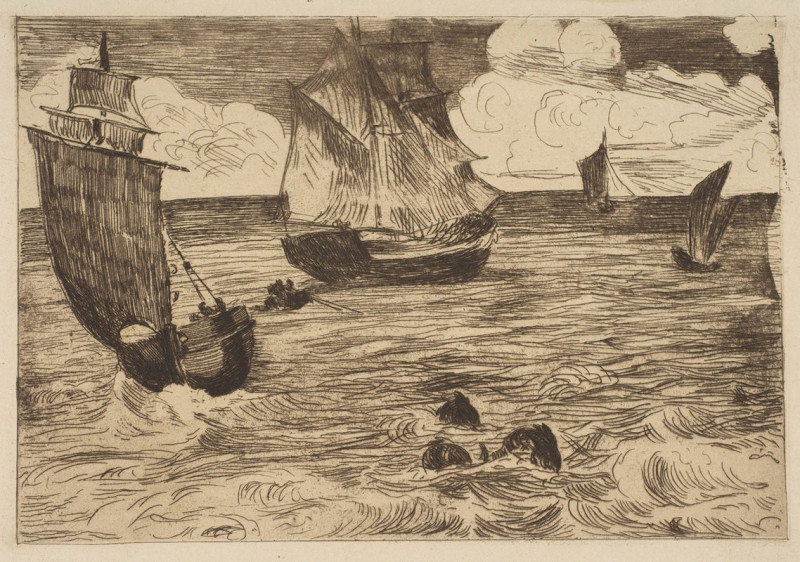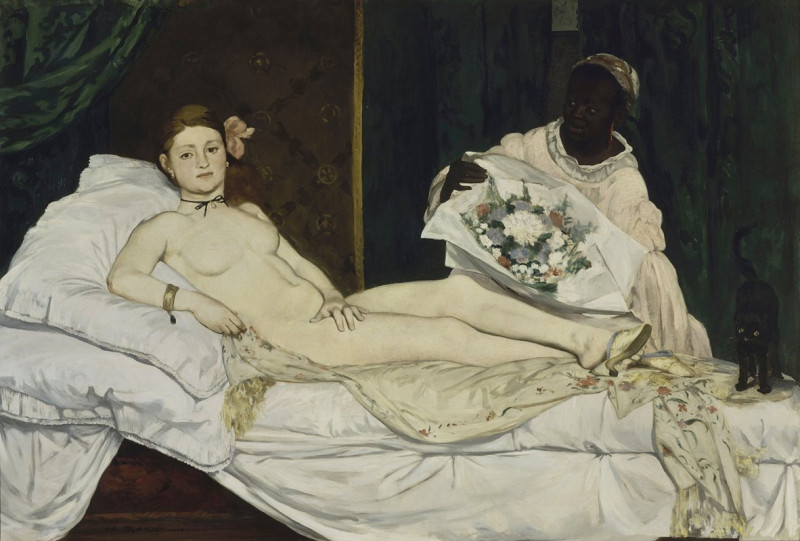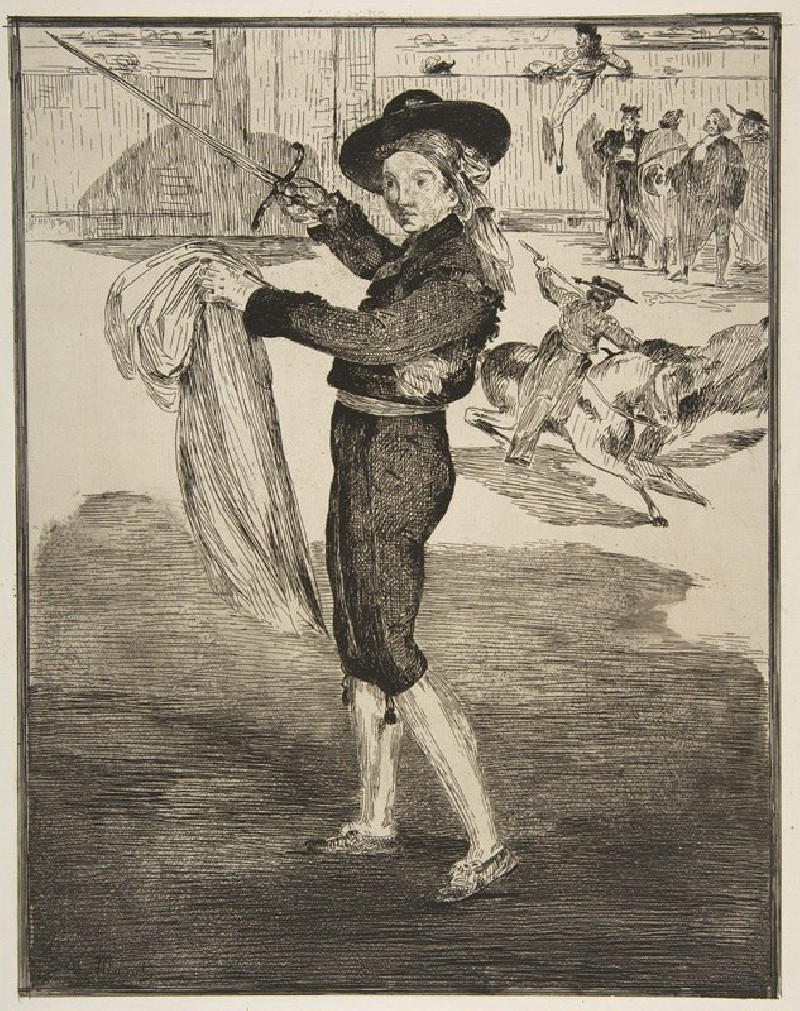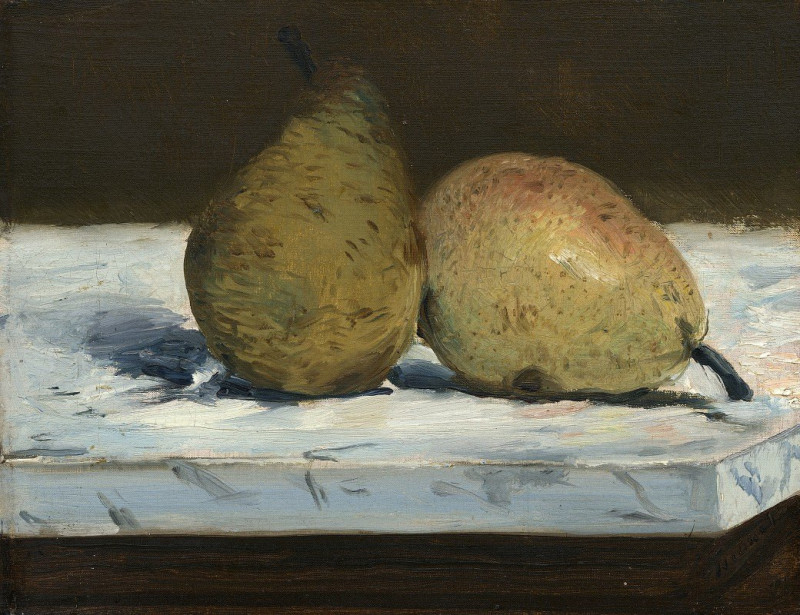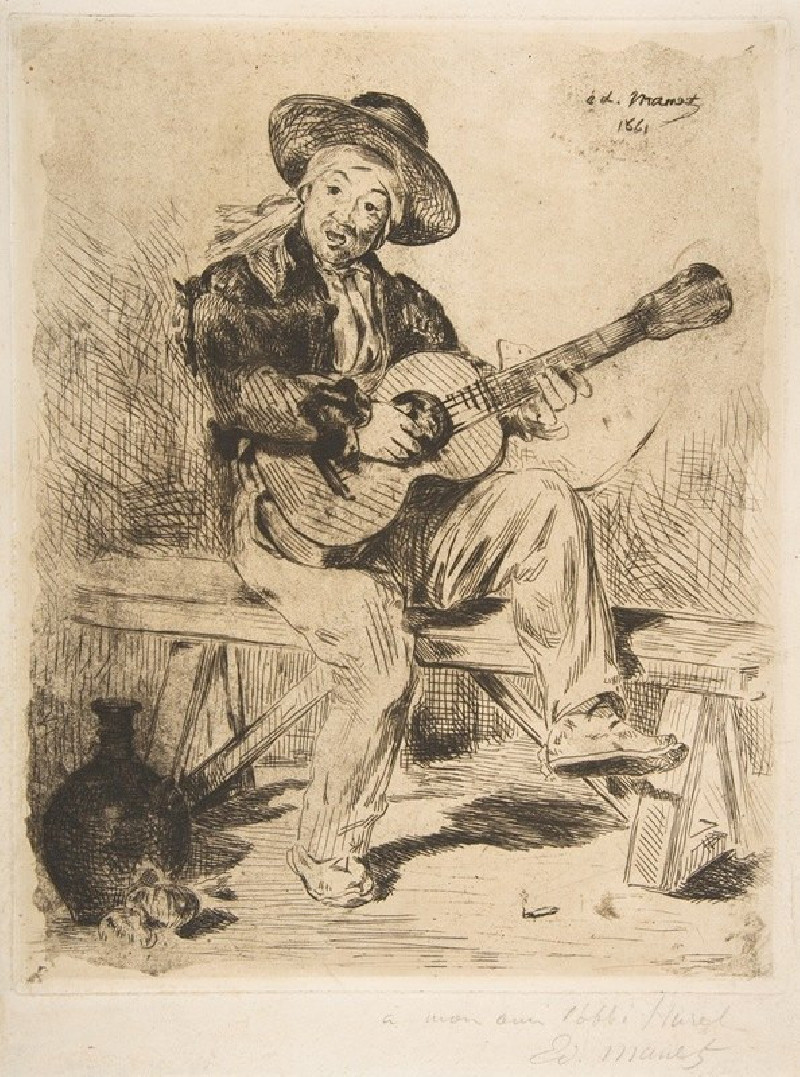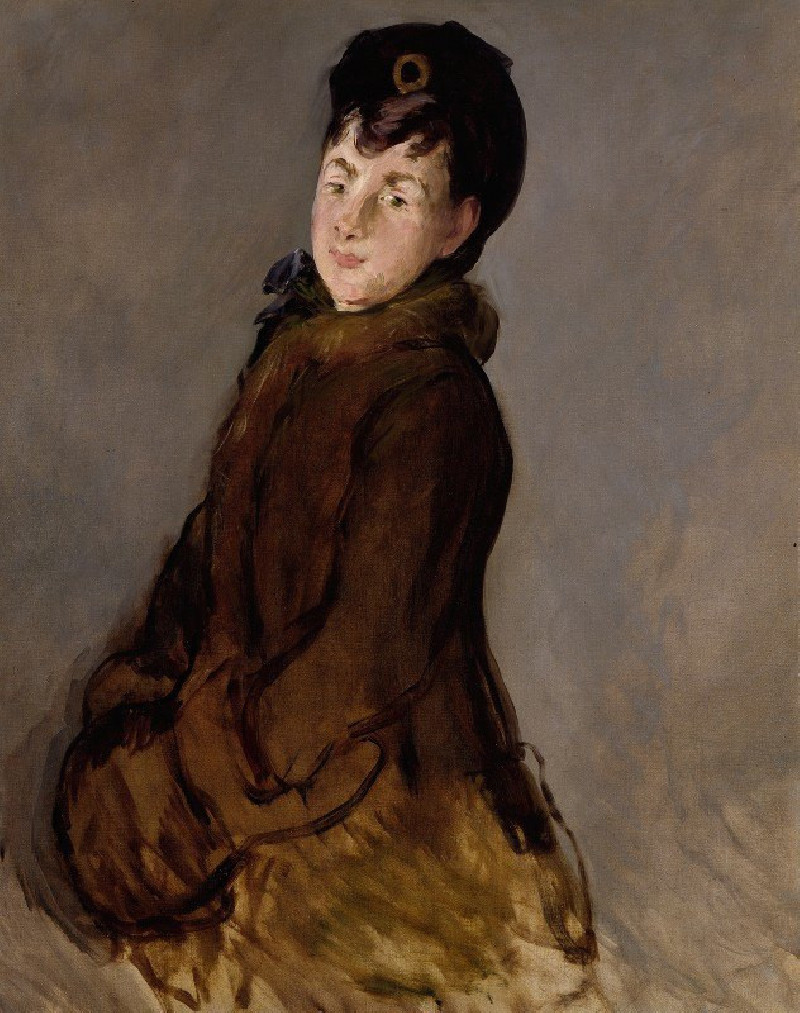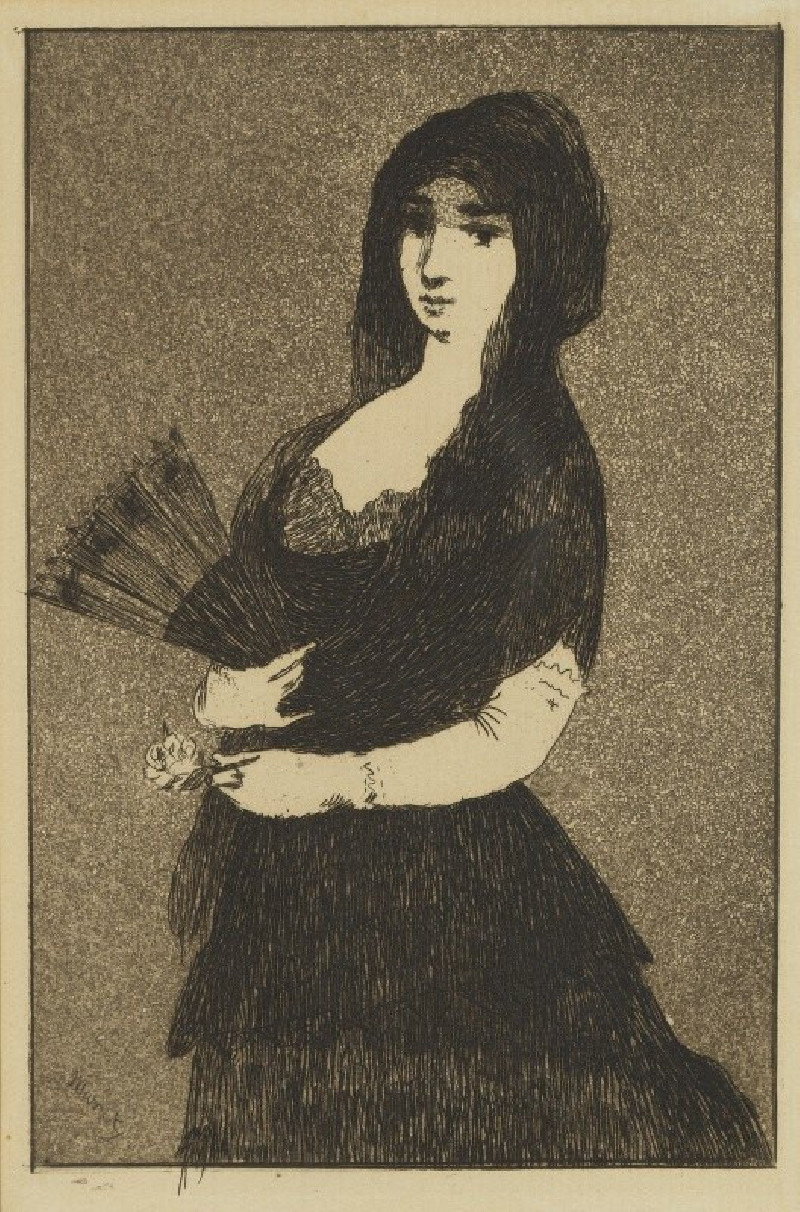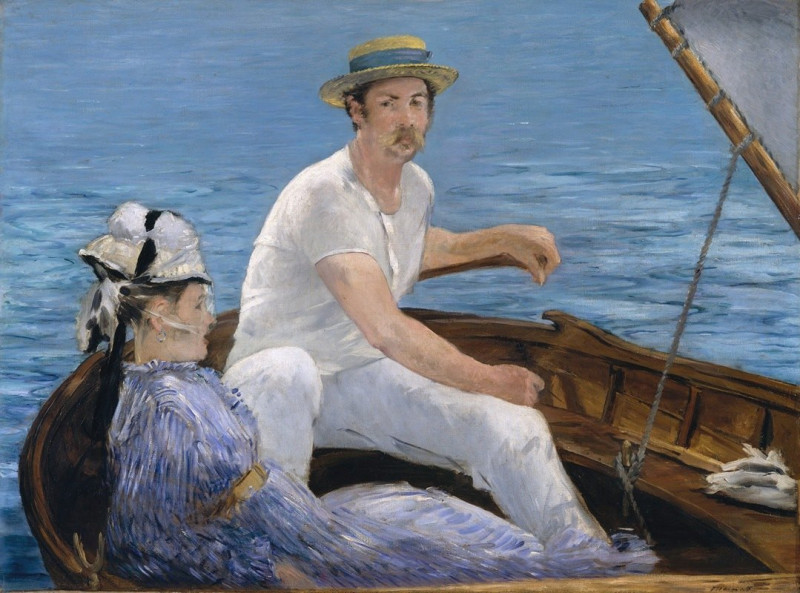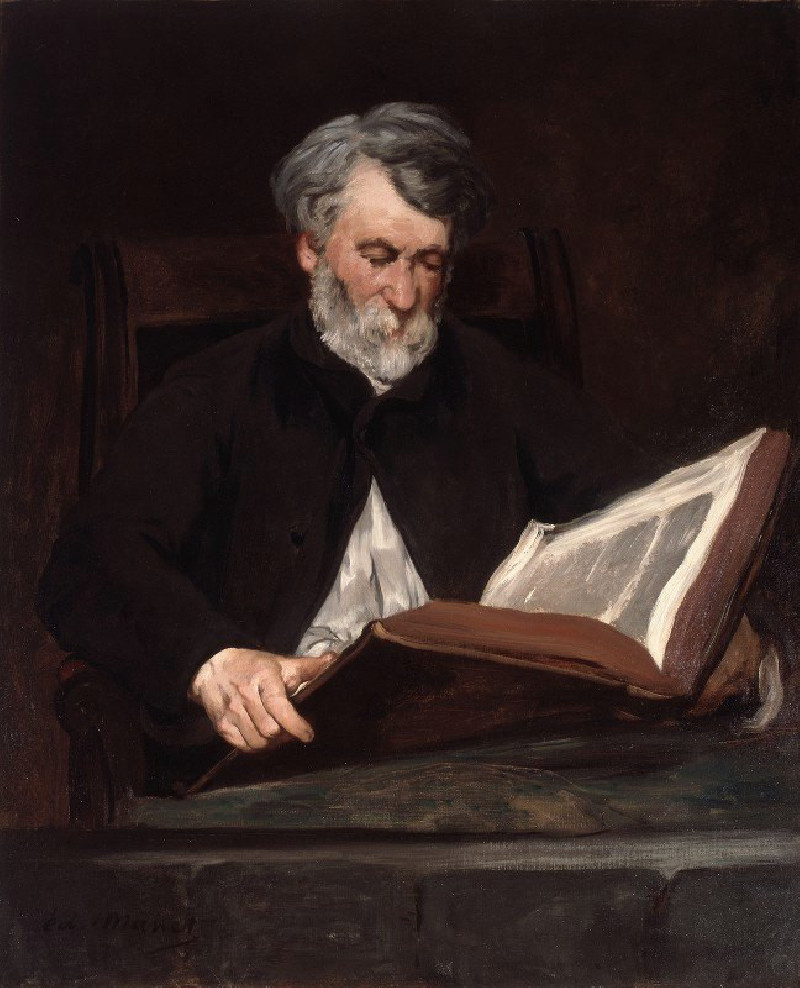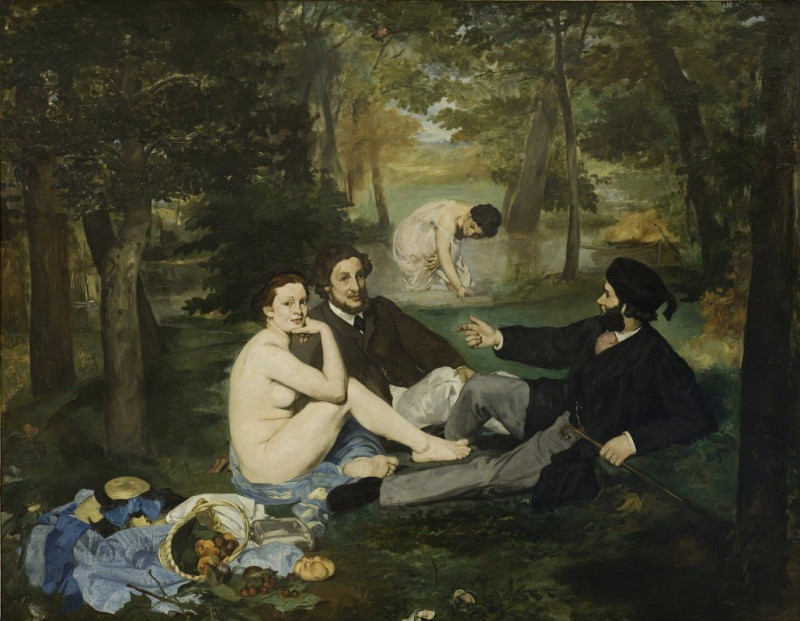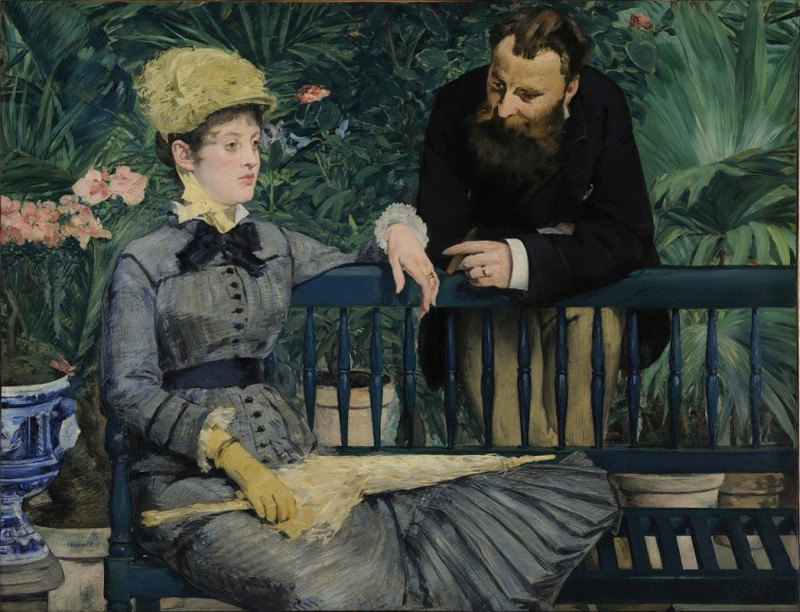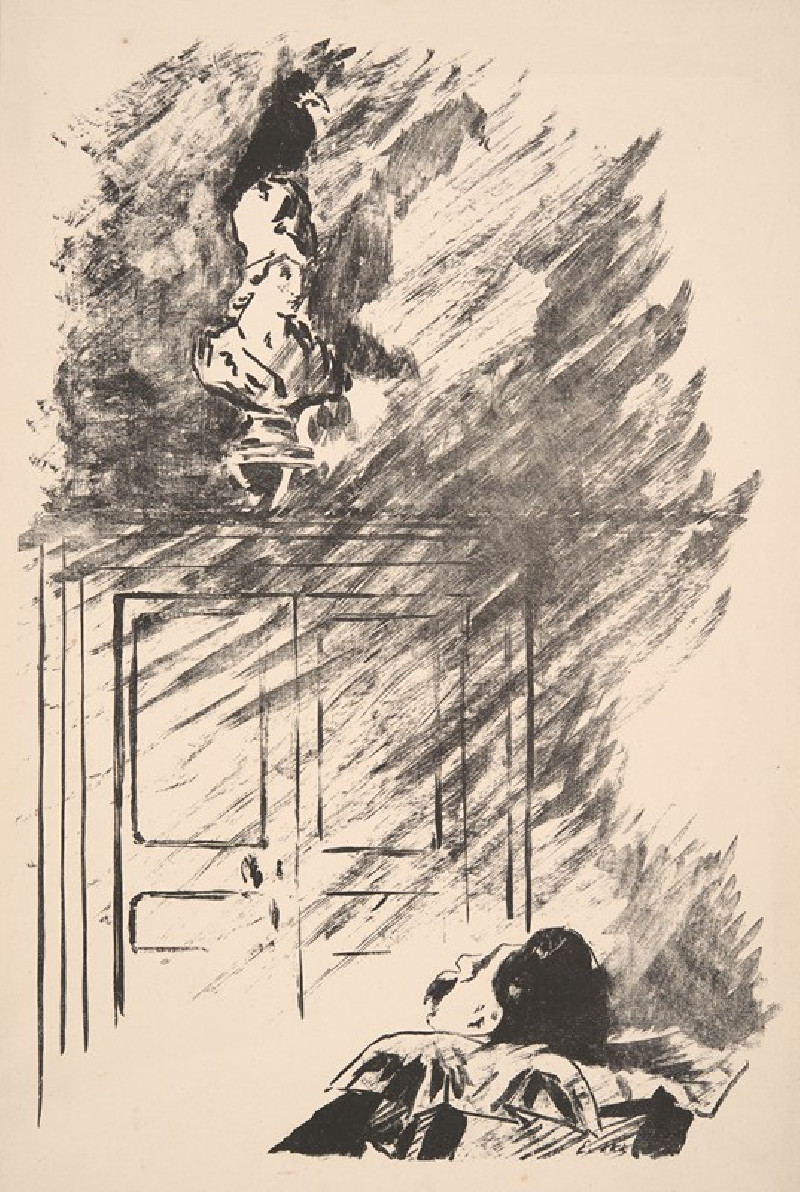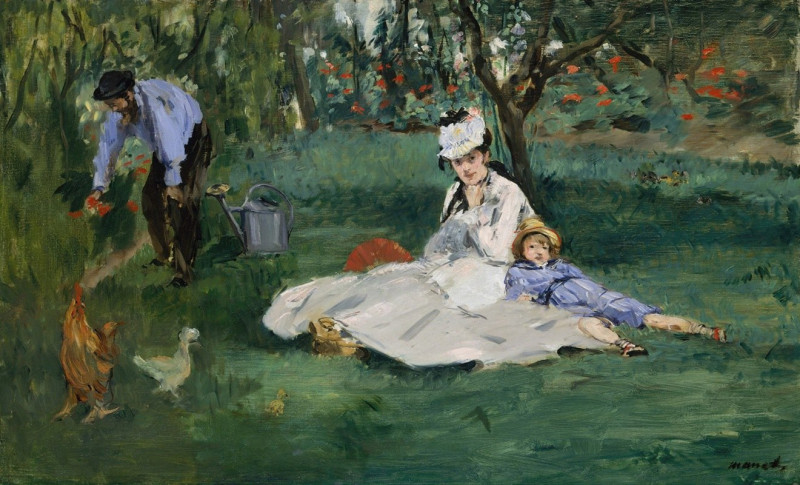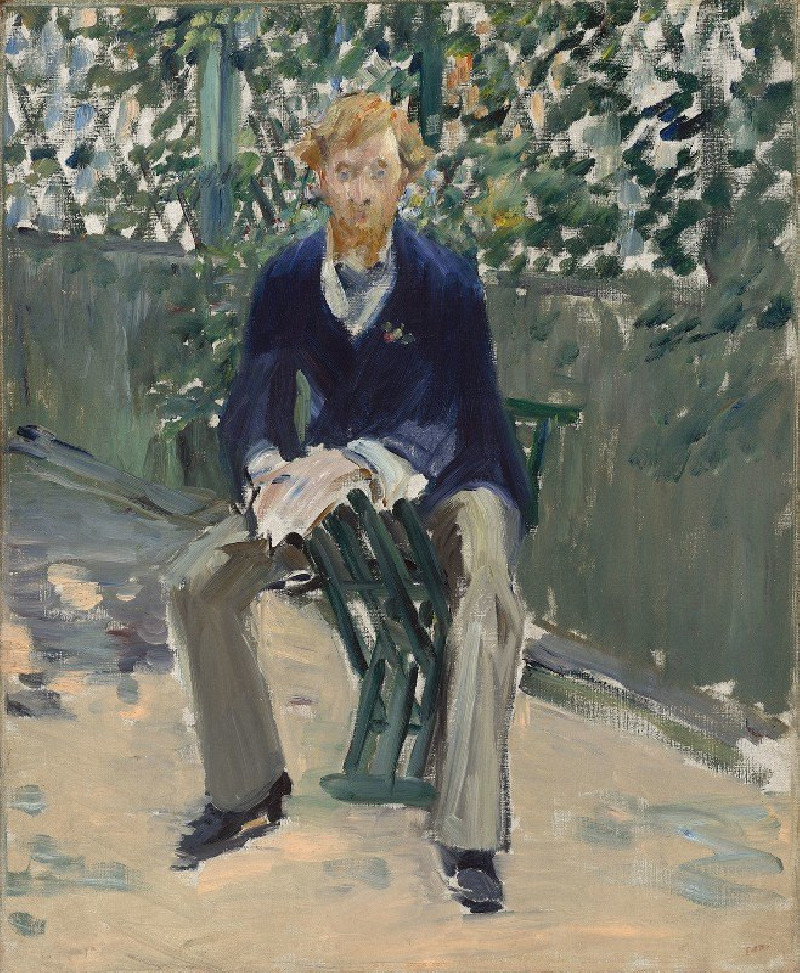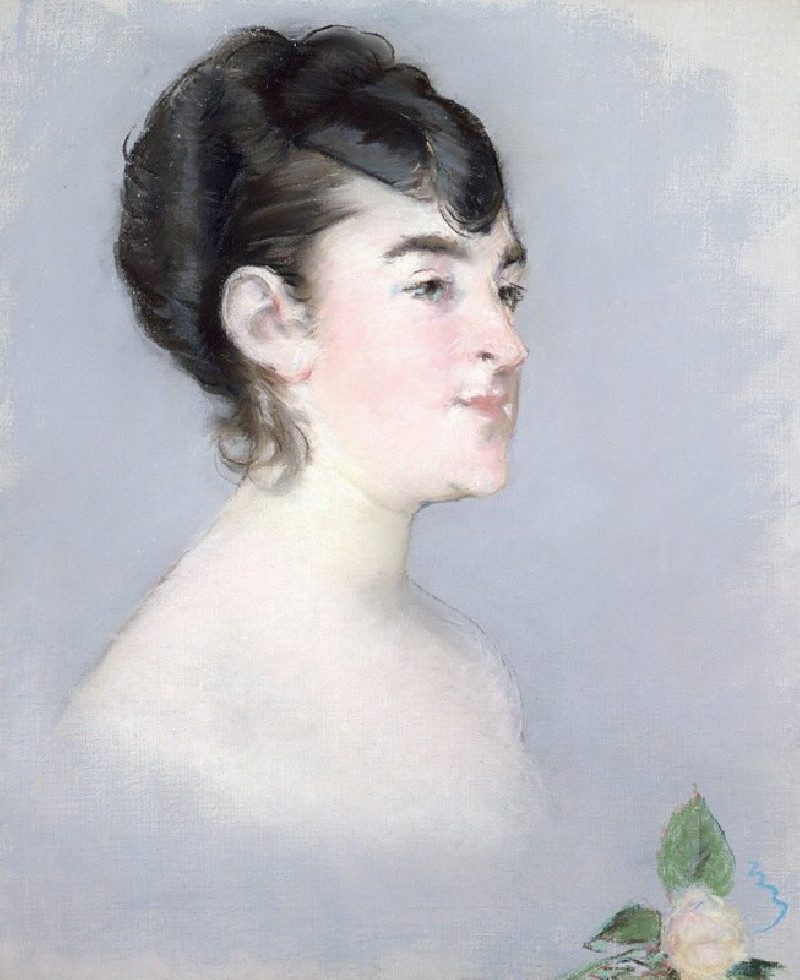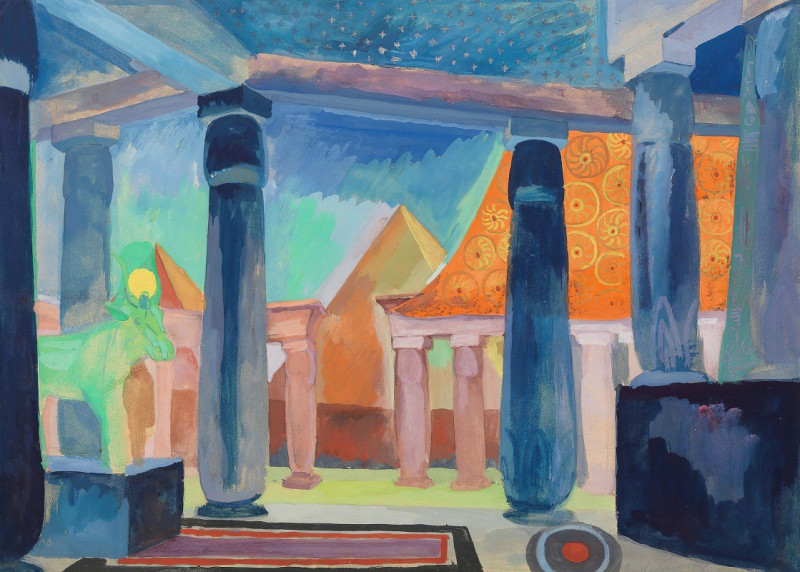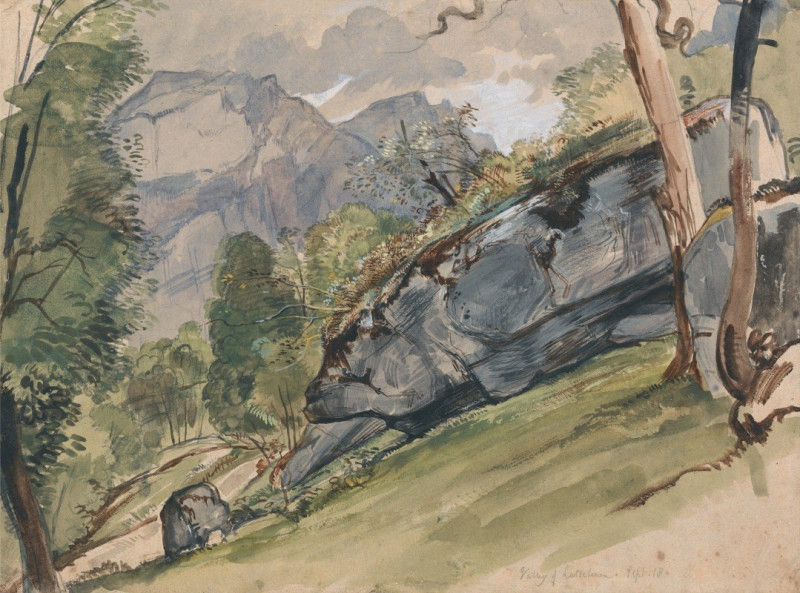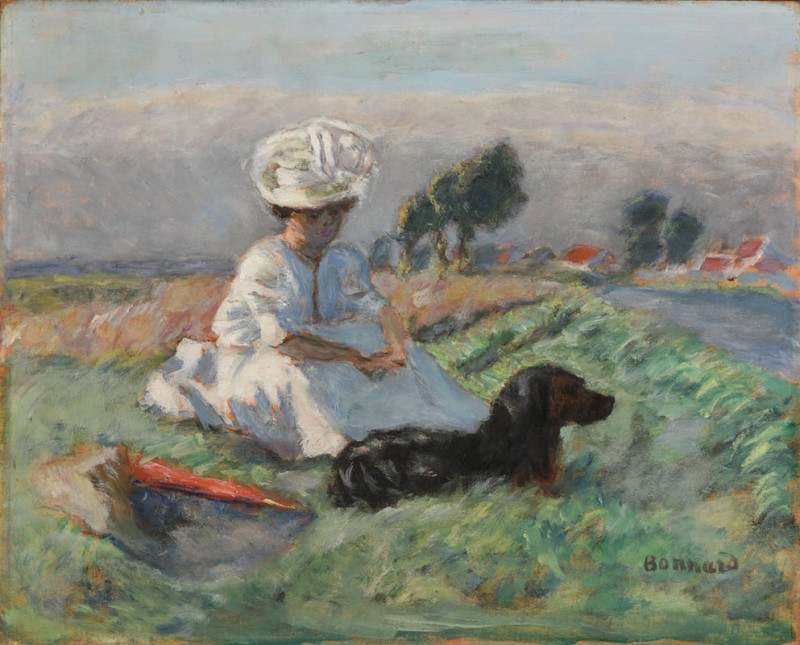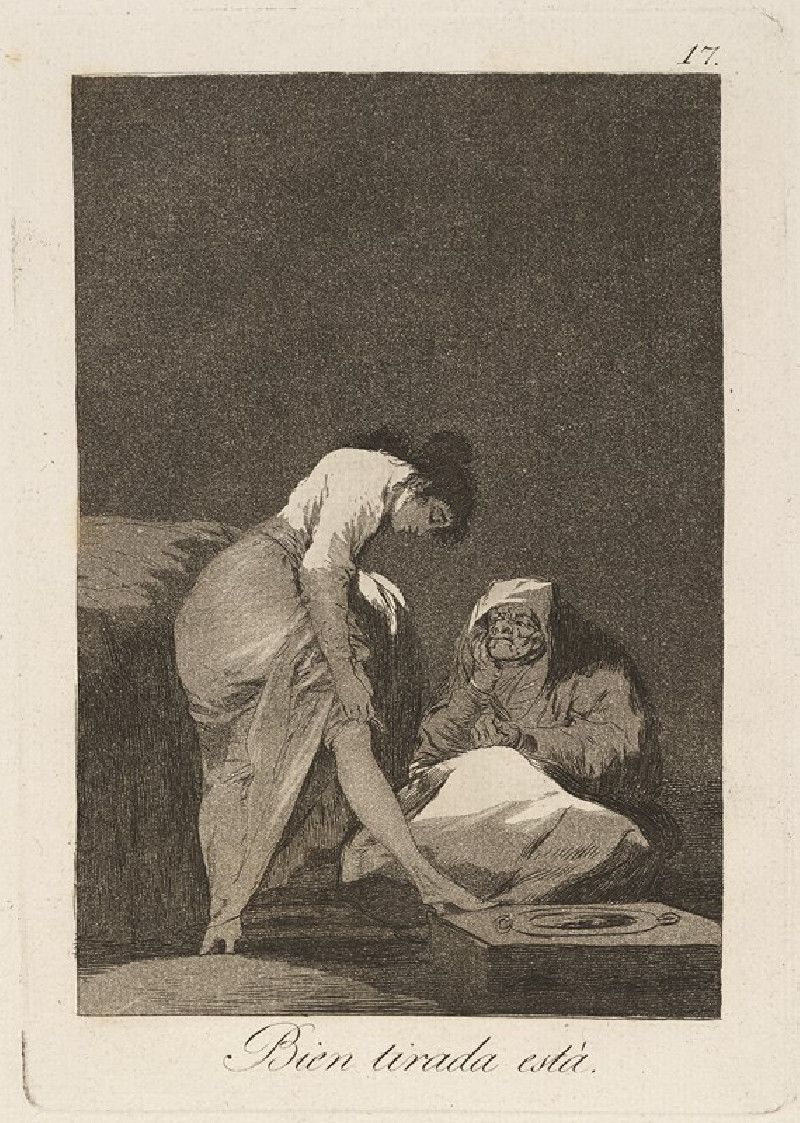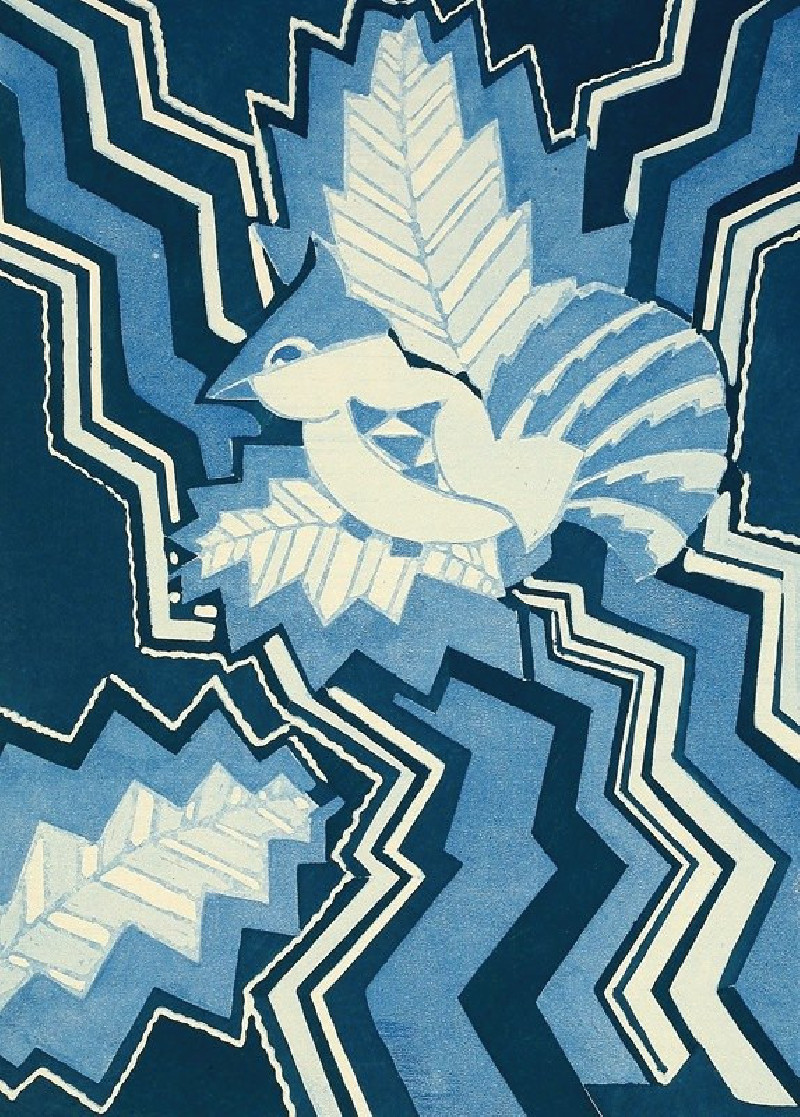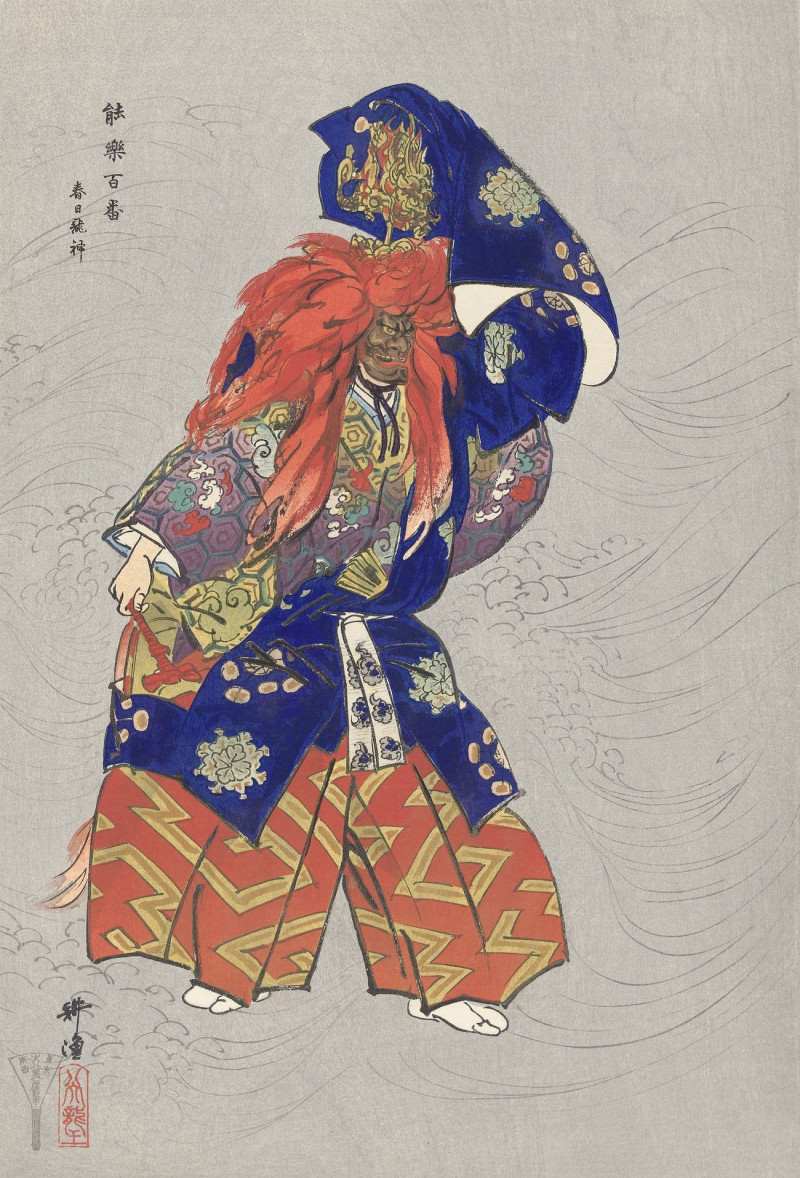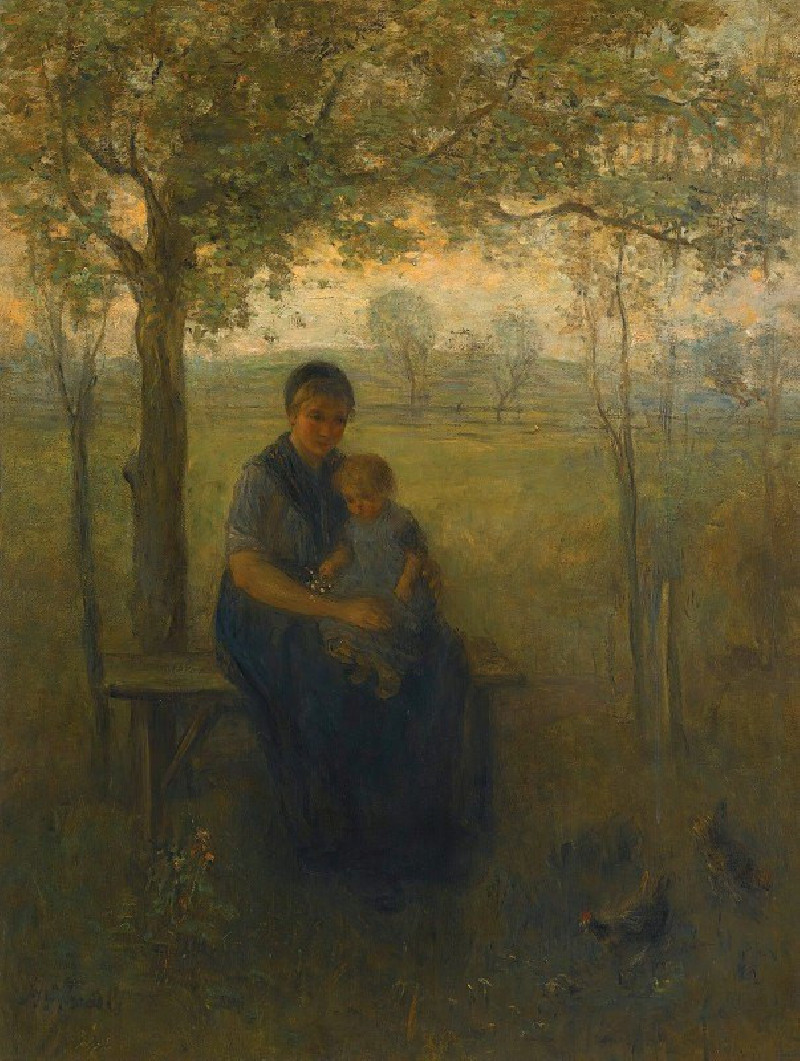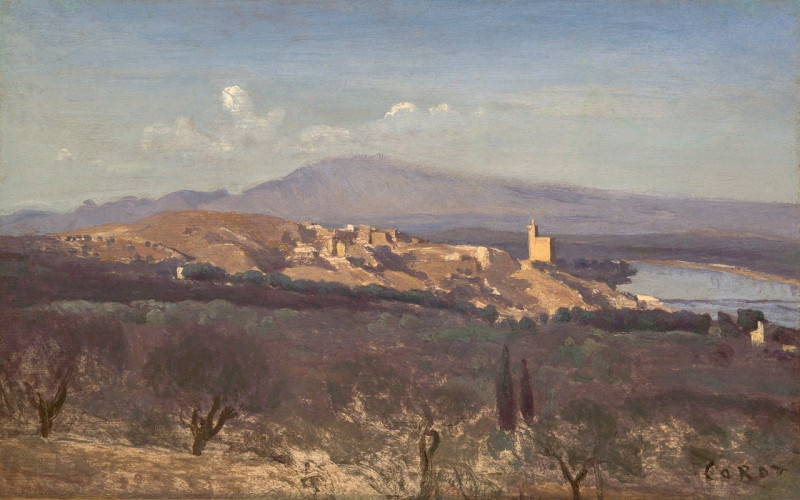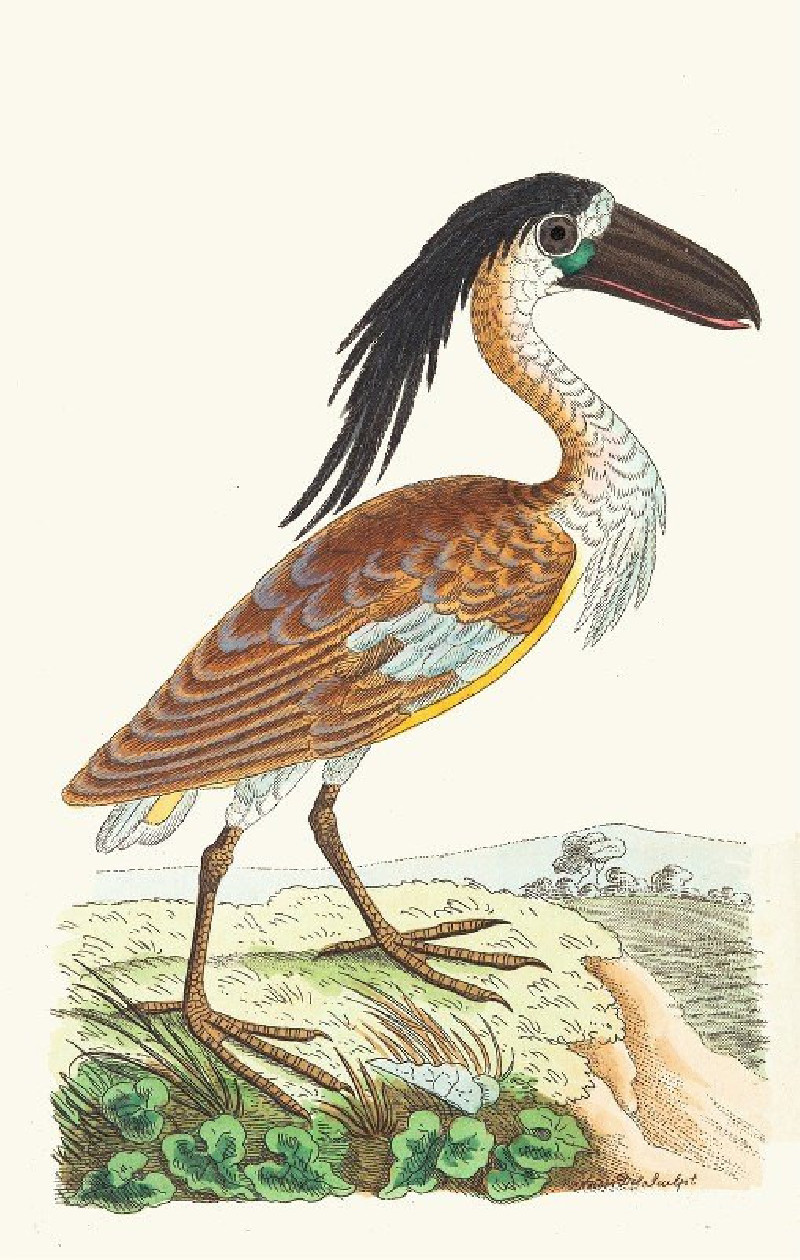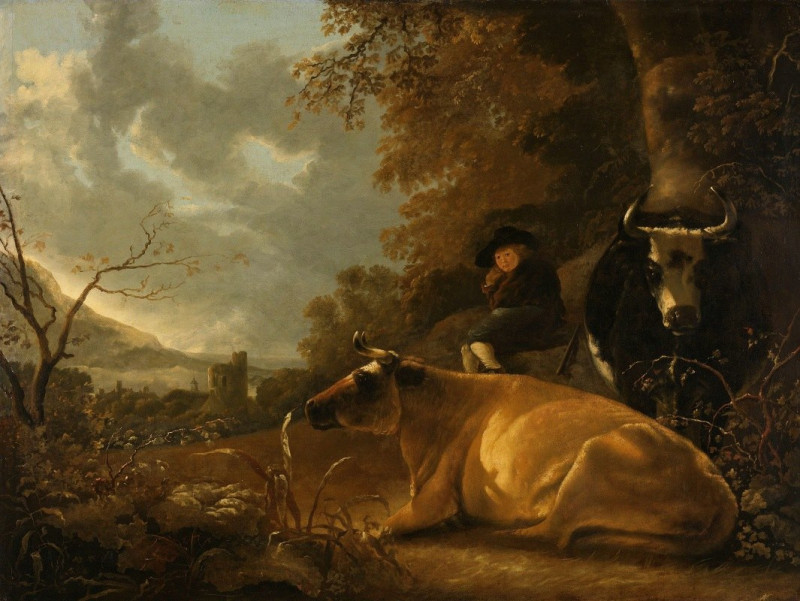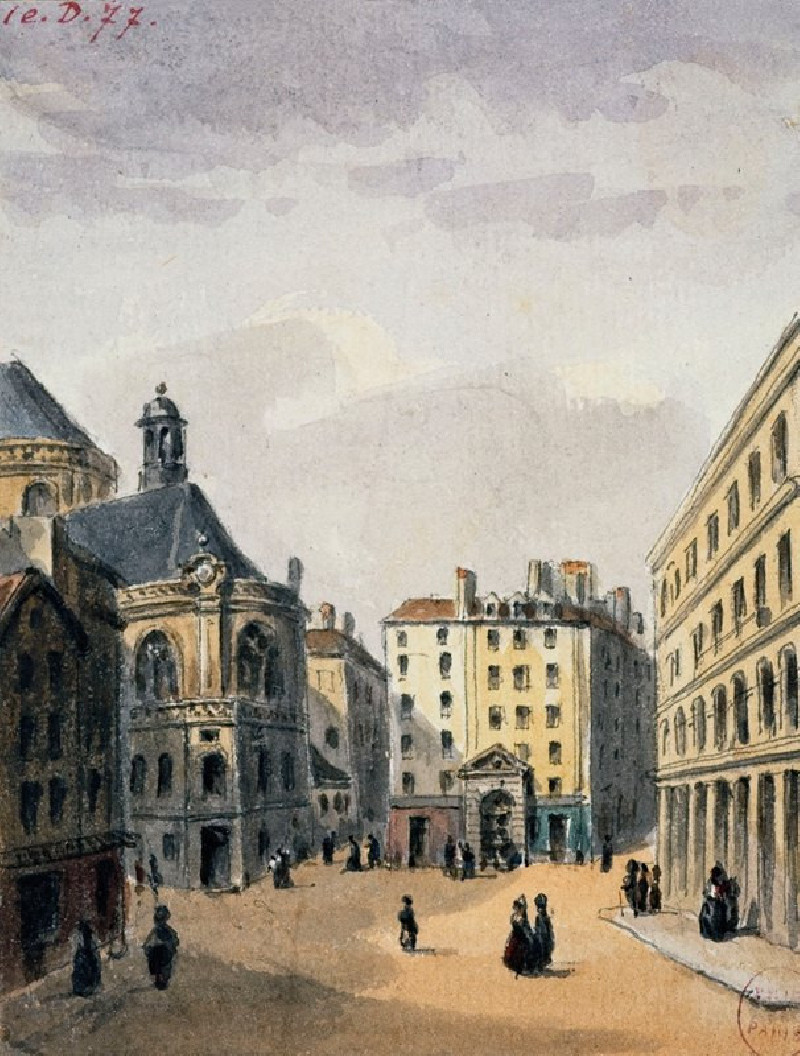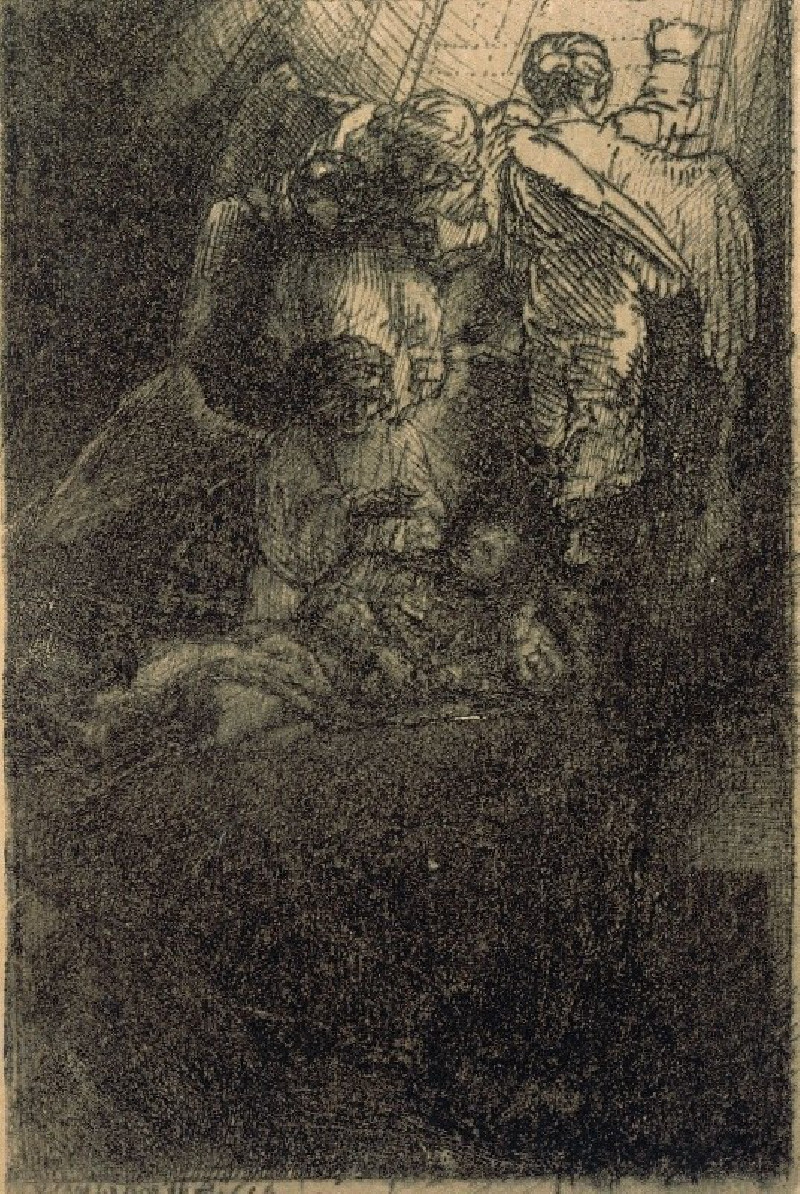Women at the Races (1866)
Technique: Giclée quality print
Recommended by our customers
More about this artwork
Edouard Manet's painting, "Women at the Races," created in 1866, captures a vibrant and dynamic social scene during a typical race day event. The artwork, characterized by Manet's distinct and expressive brushstrokes, illustrates the fashion and customs of the period.In the foreground, a prominently positioned woman, shielded by a green parasol, gazes directly at the viewer. Her expressive face and the detailed rendering of her attire—a voluminous grey dress with intricate detailing—capture the elegance and intricacy of 19th-century fashion. Standing next to her, another woman clad in a radiant golden outfit, participates in an engaging conversation, indicated by her slightly opened mouth and turned head.The contrasting colors of their dresses and the lively setting, highlighted by the blurred figures and colors in the background, evoke the bustling energy of a race day. This scene not only showcases Manet's skill in portraying contemporary life but also provides a window into the social practices and attire of the era.
Delivery
Returns
Édouard Manet (1832–1883) was a French modernist painter and one of the first 19th century artists to paint modern life. His impressionist style is characterized by relatively small and thin brushstrokes that create emphasis on light depiction. Manet was one of the key artists in the transition from realism to impressionism, along with Claude Monet, Edgar Degas, and Pierre-Auguste Renoir. However, he resisted involvement in any one specific style of painting, and only presented his work to the Salon of Paris instead of impressionist exhibitions. His early masterworks, The Luncheon on the Grass and Olympia, created great controversy and served as a rallying point for other young painters.

